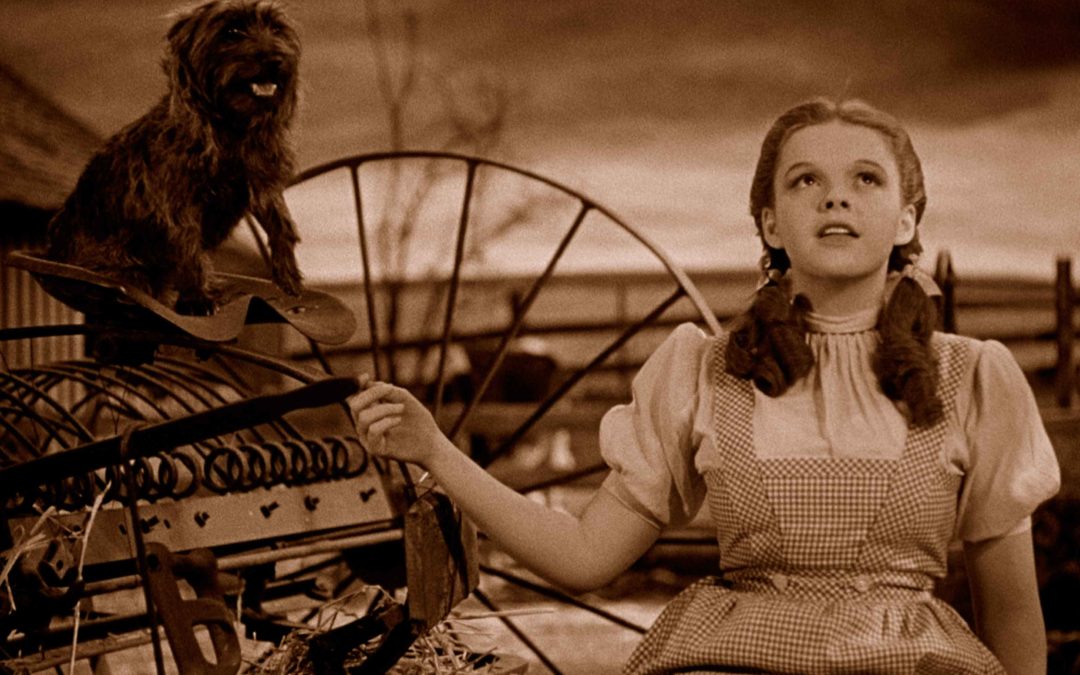I grew up in Hays, a small, dusty town on the high plains of western Kansas, about halfway between Kansas City and Denver. I haven’t lived there in a long time. But like Dorothy in Oz, I always want to go back. And I do, often.
My children are there. My parents are there. So are many friends who called me “Tommy” when we were young and still do. Hays, Kansas, will always be home, no matter where the wild journey of life takes me.
WHAT’S THE MATTER WITH KANSAS?
Western Kansas is a quiet place, not typically a hotbed of political news. Bt there are exceptions.
Thomas Frank’s 2005 book, What’s the Matter with Kansas? How Conservatives Won the Heart of America, made a splash for a spot of time. Mr. Frank sees the world from a liberal, progressive, socialist point of view, quite different from most of the Kansans about whom he wrote. That’s among the reasons his analyses were strained at best and often simply wrong.
Still, he wasn’t wrong about everything. He certainly was right when he proposed that many Kansans are easily distracted from serious political problems by political theatrics involving sex and religion. But then Mr. Frank went on to repeat the old, unfounded, progressive warnings that private businesses and corporations are what most threaten Kansans. Businesses are the biggest threats to all Americans, from his point of view.
According to Mr. Frank, corporations are “what’s the matter with Kansas,” an answer to the question of his book title that could’ve come straight from FDR or Woodrow Wilson a century ago. Or Karl Marx before them.
FORGET GOD AND SEX: WAL MART & CONAGRA ARE MORE IMPORTANT
That’s why Mr. Frank doesn’t want Kansans distracted by debates over homosexuality, Christianity, abortion, and other conservative “social issues.” He wants Kansans to focus their anger at the businesses around them.
But Mr. Frank is woefully misguided. The big problems, in Kansas and across the United States, are not private businesses and corporations. Businesses have no legal power other than trying to please others by offering innovative products and services, all while competing against other private businesses trying to do the same thing.
The big problem today, in Kansas and across the United States, comes from the only institution among us that has a complete monopoly on legalized force—government!—which has come to encroach on every area of our lives, control and regulate everything, raising prices along the way, and fueling growing expectations of entitlements by taking from some and giving to others what others never earned.
In fact, where we find businesses doing the worst things we find government cronyism and government protection for bad business practices. If and when there are problems with businesses, it’s because ultimately there are problems with government. Absent government protection, market forces have little patience for dishonest business owners.
THERE’S NO PLACE LIKE (A HIGH-PRICED) HOME
Thomas Frank was right about one other thing: There’s something to be learned from Kansas, especially rural Western Kansas, that applies directly to those who live there and offers important and timely lessons for other Americans who are mere observers.
To wit: Housing prices are incredibly, relatively high in Hays, Kansas. Far removed from any metropolitan areas—surrounded by dozens of counties that cover thousands of wind-blown square miles with populations dwindling in some cases to near zero—where some communities have flirted with policies of giving land away just to attract new faces—many in Hays cannot afford to buy a home because prices are beyond their reach.
To be sure, housing prices in Hays are not at the levels of Newport Beach, California, or Washington DC, or New York’s Manhattan. Still, they’re surprisingly, almost shockingly high for a small community in rural Western Kansas, out of sight from any mountain, beach, or lake.
Why might that be? Start searching for answers, and one bumps into one culprit again and again: Government.
While the populations of almost all counties in Western Kansas have been declining precipitously for decades, the population of Hays has been growing. It’s like a magnet attracting people from surrounding counties and towns. But the magnet is something of an illusion: What appears to be a growing center of production is really a growing center of subsidies, often provided by unknowing taxpayers who do live in sight of mountains, beaches, and lakes.
SUBSIDIES HERE, SUBSIDIES THERE, SUBSIDIES EVERYWHERE
The two largest institutions in Hays are a public university and a regional medical center. Both are heavily subsidized by taxpayers and government programs in myriad ways. What this means is: Those who purchase the products and services offered by these institutions don’t value them enough to pay a market price that would make the university and medical center sustainable through the revenues of sales.
These institutions exist only because they’re subsidized by government—they’re subsidized by taxpayers forced to prop up organizations that many taxpayers don’t value.
There are also in Hays multiple utility and other service companies that receive government subsidies and incentives of various kinds. There are growing numbers of senior living facilities that welcome government-subsidies. And others. Heck, many Kansas farmers continue farming only because of government subsidies. Instead of developing new productive skills and finding other ways to create value, some Kansas farmers prefer to have taxpayers in California, New York, and other far away states subsidize their farming lifestyles.
Yeah, it’s Kansas, which means lots of red on the political map and lots of Republican voters at the polls. But even Kansas Republicans love their government subsidies.
In Hays, these government-subsidized organizations are the real magnets. Students come looking for subsidized education, i.e. education paid for (at least in part) by others. Older, retiring people from Western Kansas come to Hays looking for subsidized housing and health care. All these subsidized incentives mean growing demands for housing, which means higher housing prices.
The rub is that while demands for housing and other goods increase, there are not corresponding increases in productivity or the creation of new wealth. Sure, there are private businesses in Hays that don’t rely on subsidies. Those businesses should be commended for producing new wealth by creating products and offering services that others value and are willing to purchase by trading value-for-value.
But government subsidies don’t create new wealth. Every subsidy is merely a redistribution or transfer of wealth, which had to be created by someone, and is then taken by government and given to organizations that cannot survive by selling their products at true, un-subsidized market prices.
MORE DEMANDS FOR FREE STUFF + NO NEW WEALTH CREATED = BIG PROBLEM
So while someone like Thomas Frank might argue that what Kansas most needs are more government regulations, more government subsidies, and fewer private businesses, the truth is exactly the opposite. What’s The Matter with Kansas? Too much government! THAT’S what’s the matter with Kansas.
Hays, Kansas, today, is a microcosm of the conundrum that always comes when government subsidies crowd out entrepreneurial, private businesses and the risk of private capital that incentivizes wise choices: The subsidies attract growing numbers of people who want free or partially-free stuff. But the subsidies don’t create new wealth. The result:
- Demand grows.
- Prices rise.
- But the total amount of wealth, the total capital, in a community stays relatively flat or simply doesn’t increase nearly as fast as the increases in demand and prices.
- That means the same amount of wealth and the same amount of capital is chasing after increasingly more expensive housing, and other goods as well.
Housing prices are affected by a number of variables, of course. But couple the facts of economic natural law identified above with the political fact that local and state governments as well as federal agencies are creating more regulatory obstacles to building new housing than ever before, and a picture starts to emerge. That picture explains, in large part, why Dorothy might not be able to afford a home in Hays, Kansas, should she ever return from Oz.

